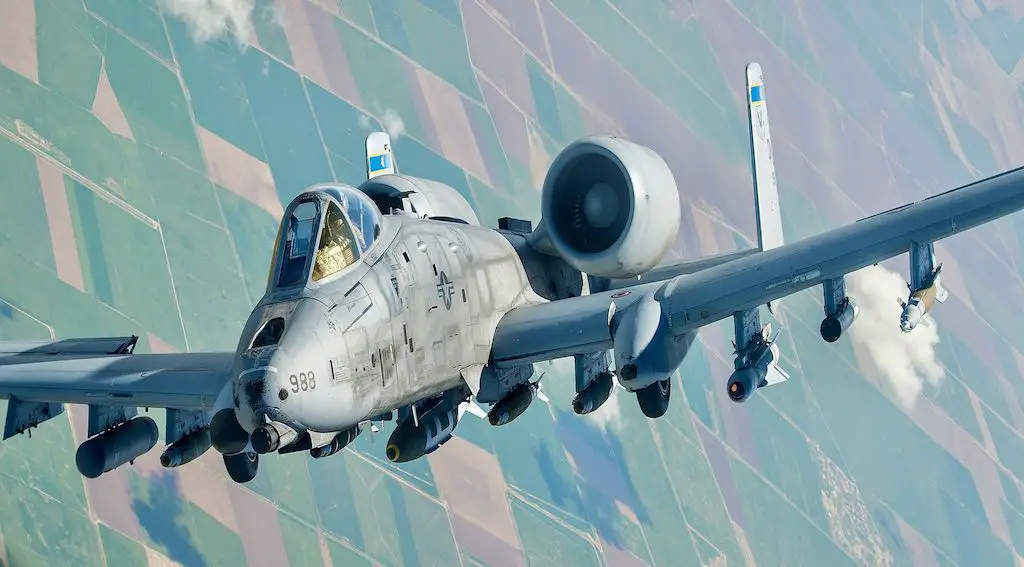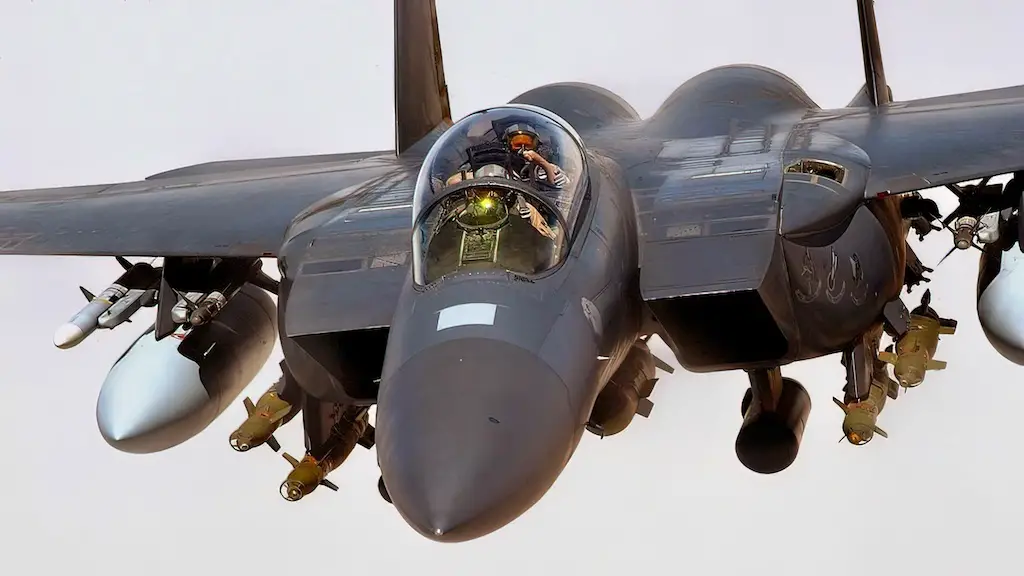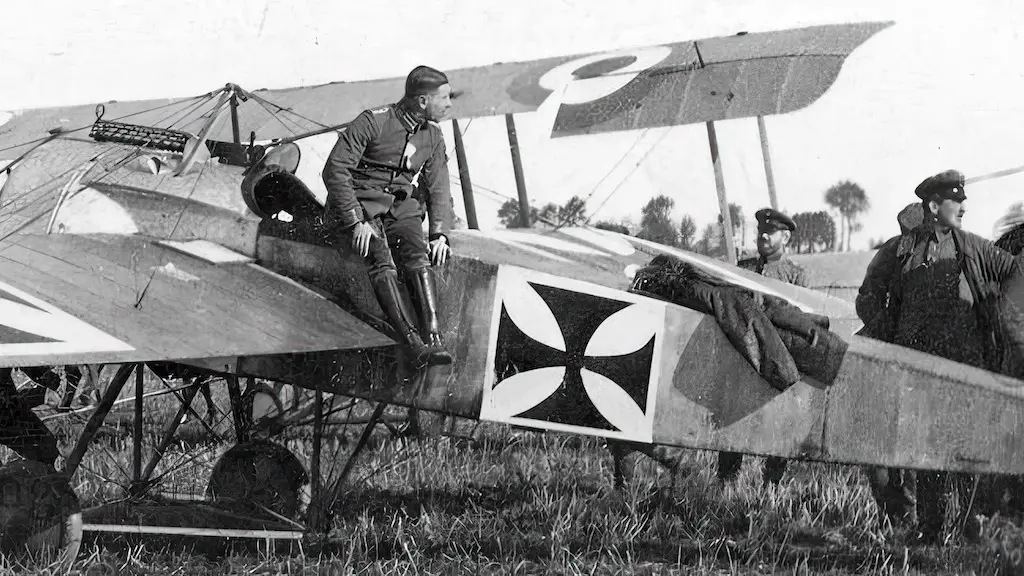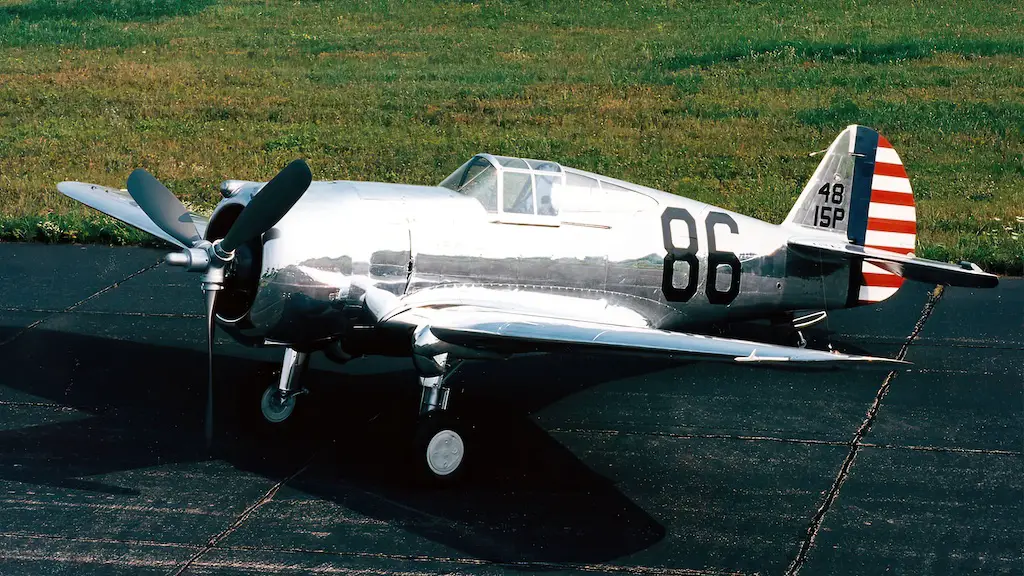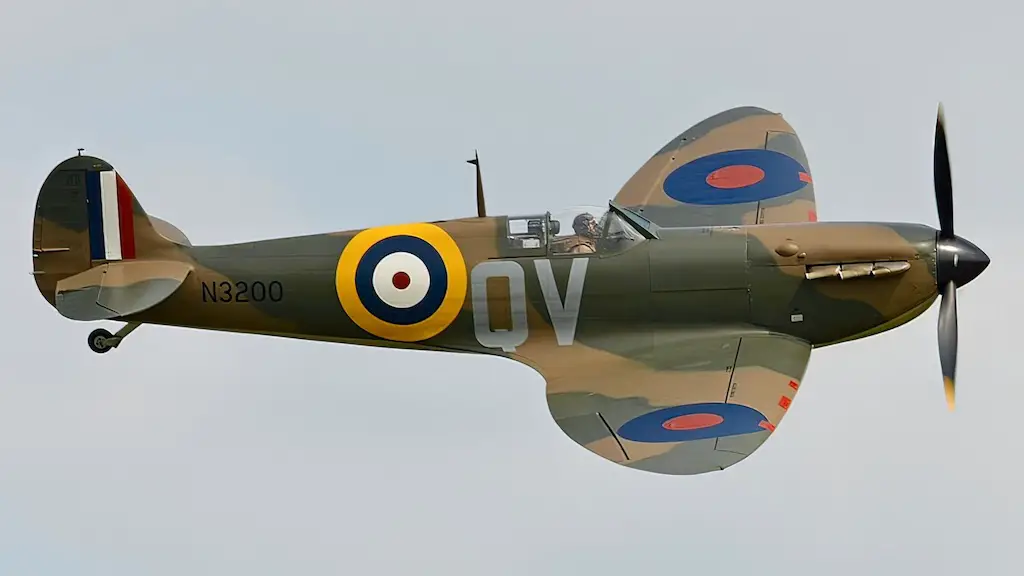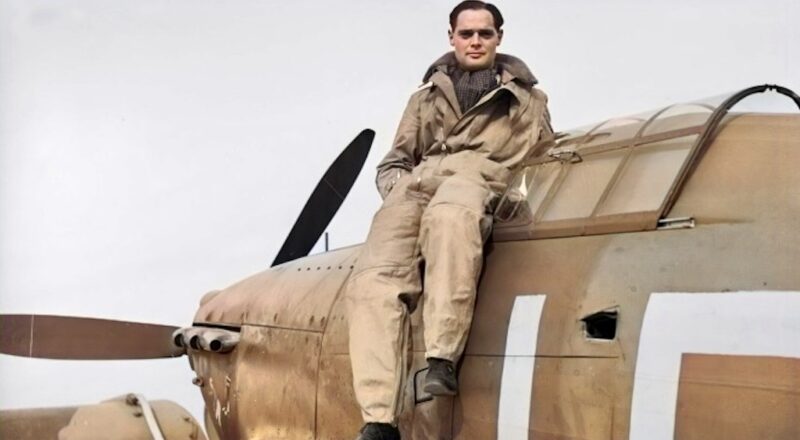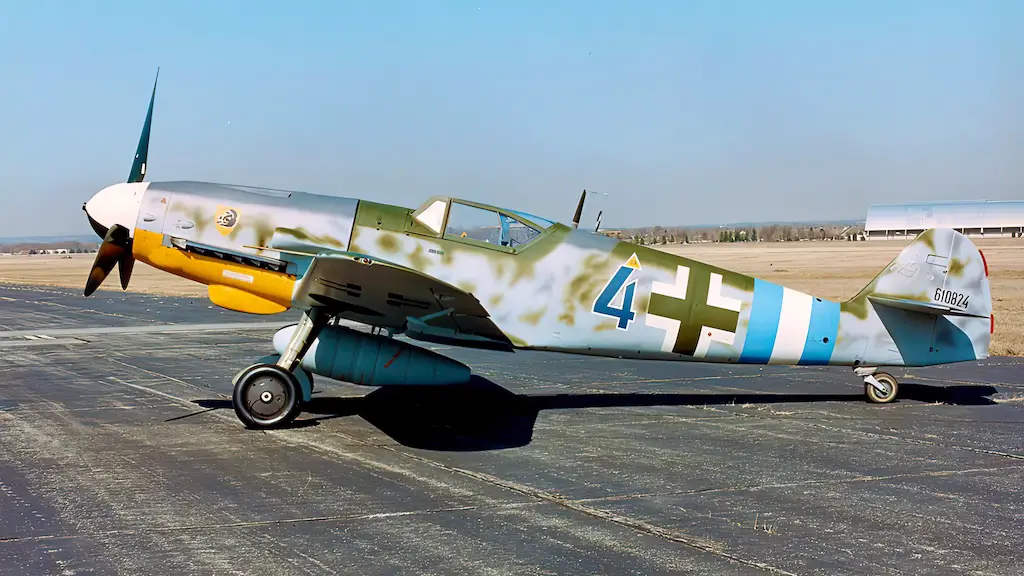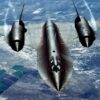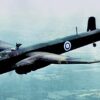The Warthog is among the most easily recognizable planes. Its unique design, its’ feats, and the ability to survive against seemingly impossible odds have earned it many fans among aviation enthusiasts. While the U.S. Air force initially decided to retire the aircraft, finding a replacement for it proved to be challenging. While the multi-role F-35 can provide close air support to ground troops, it is not as efficient as the A-10. With the F-35 built specifically for that role.
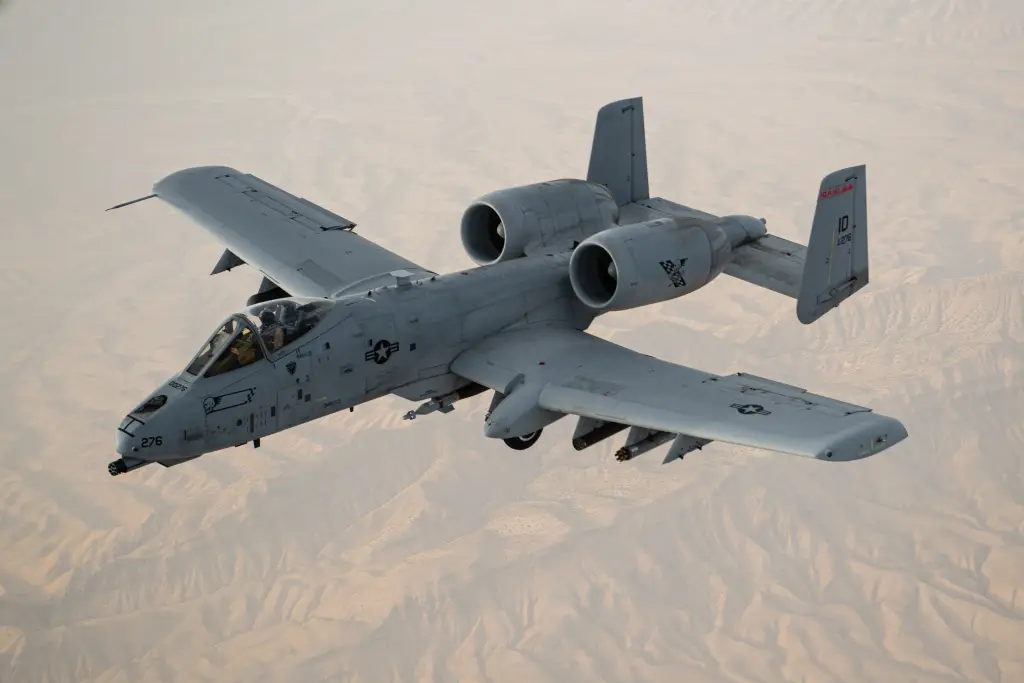
The retired Naval Commander Chris Harmer put it best when he told CNN that using an F-35 to fly close air support against insurgents would be like “buying a brand new Rolls Royce to take the garbage to the dump.”
An F-35 costs $135 million; the same amount of money can be used to purchase 7 A-10 Warthogs, not to mention the operating costs of an A-10 are much lower. And while an F-35 can fulfil multiple roles, in terms of providing close ground support, it’s arguably worse than the A-10.
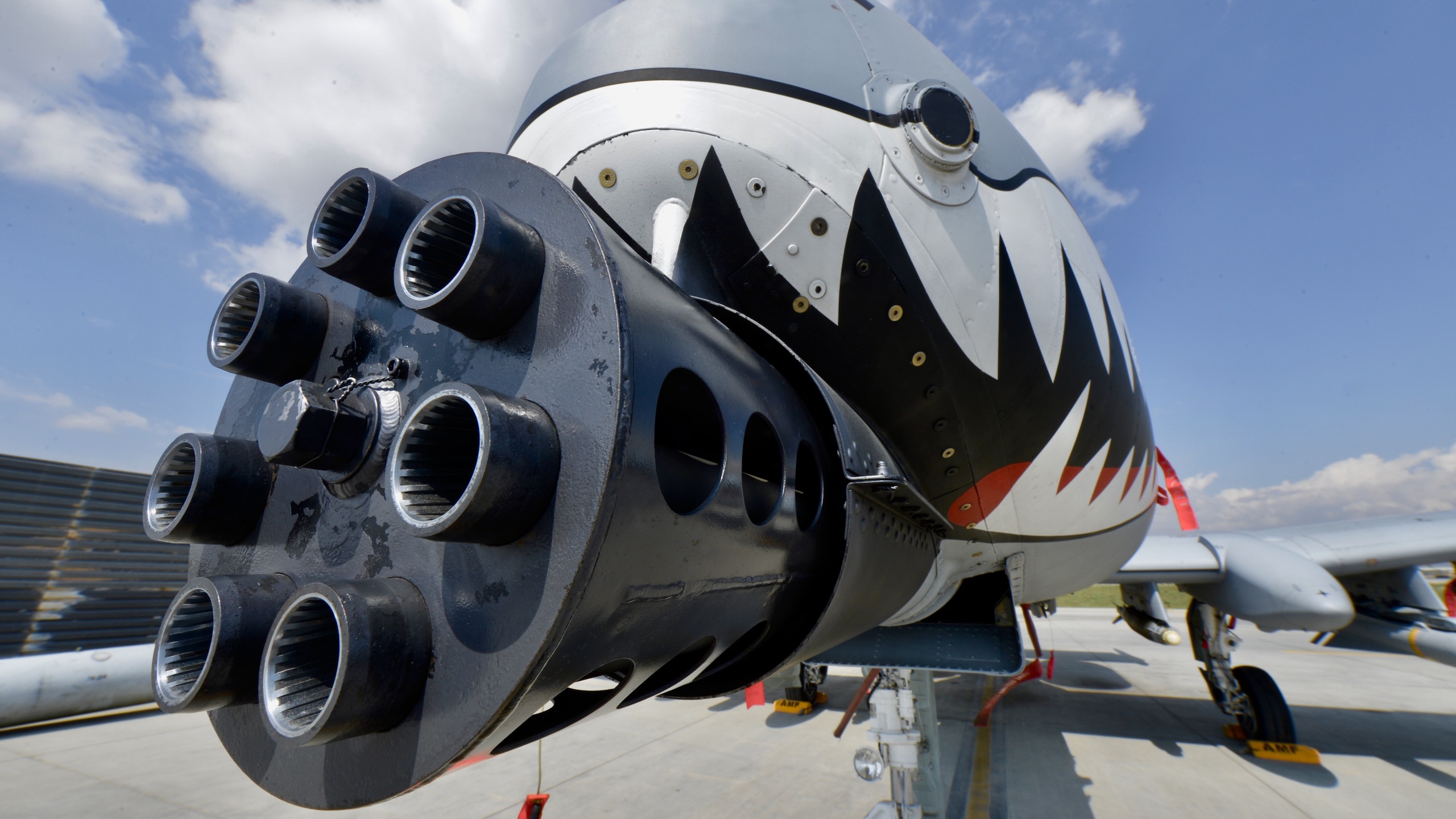
Explicitly designed for close ground combat, the aircraft can maintain altitude at slow speeds, increasing the firing accuracy and reducing the risk of friendly fire.
Some experts argue that the aircraft should receive some upgrades and continue its service. In May 2018, Lieutenant Colonel (ret.) Michael Buck and Major General (ret.) Lawrence Stutziem from the Mitchell Institute for Aerospace Studies published a paper on the subject.
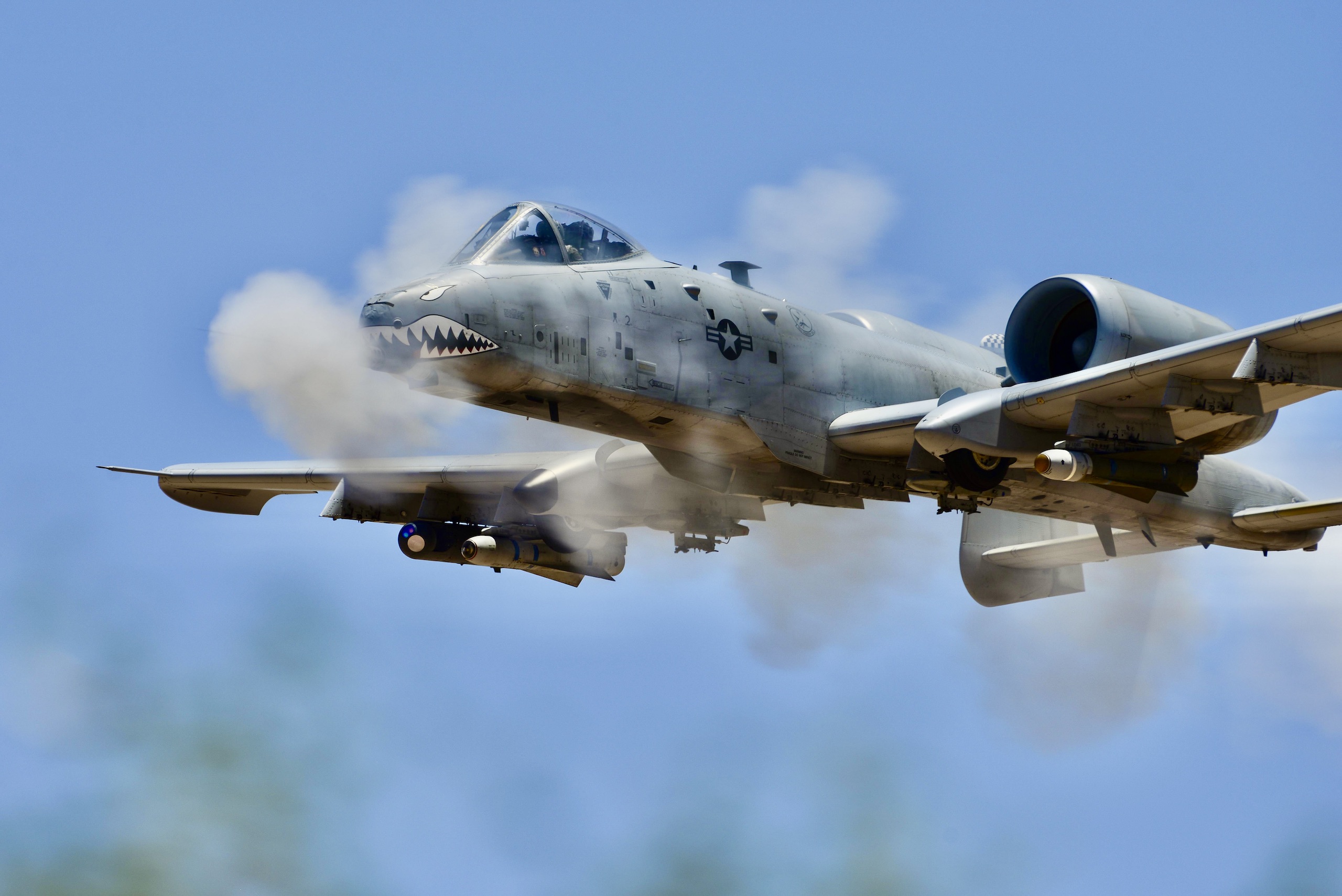
Buck argued in his paper that enlarging the inventory of the aircraft would pay off. But it’s less than likely that the US will follow this route, considering that the Air force has seemingly been trying to reduce its dependence on the A-10.
The A-10 will likely remain in service until there’s a suitable replacement. However, the only thing at the moment that can potentially replace it is the F-35. Besides the cost inefficiencies, there are other things to consider too.
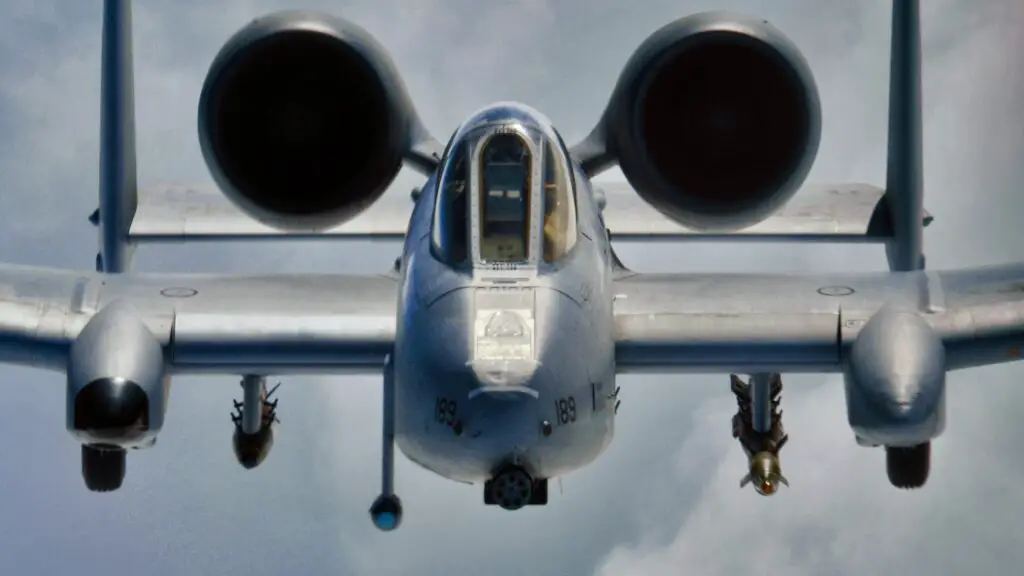
The F-35 cannot be flown stably at low speeds as the A-10 can. This makes it harder for the pilot to maintain awareness of the situation on the ground and potentially endangers the lives of the friendly soldiers as they might be close to the enemy and be hit by friendly fire.
Durability is yet another issue. While the F-35 is yet to take any serious hits and live to tell the tale, the A-10 has long earned its reputation of being almost unkillable.
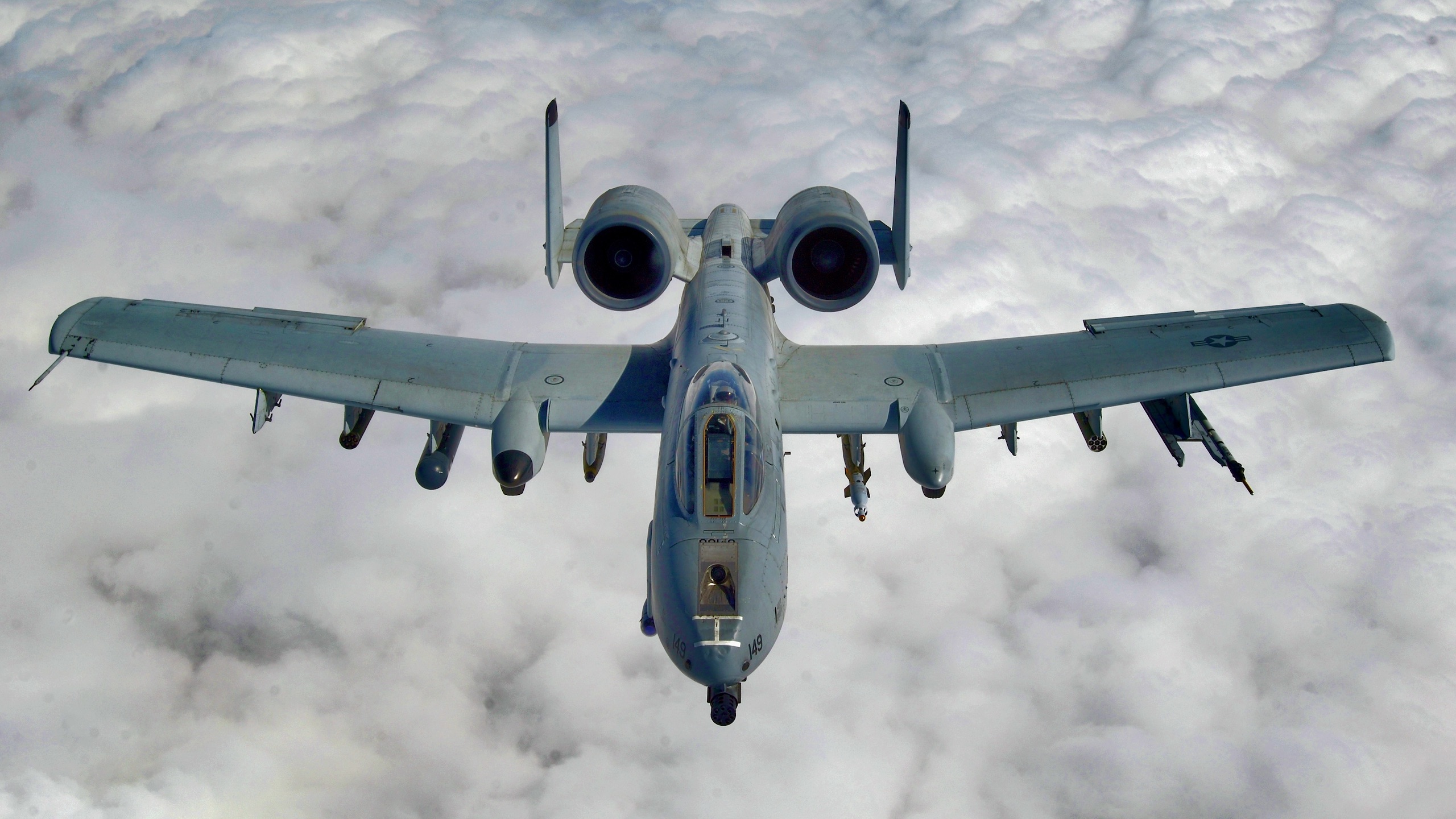
Overall the A-10 Warthog makes a strong case for itself and will likely remain in service for another decade and possibly even make it to the 2040s. The combination of low price and what the plane still has to offer, make it difficult to find a suitable replacement.

